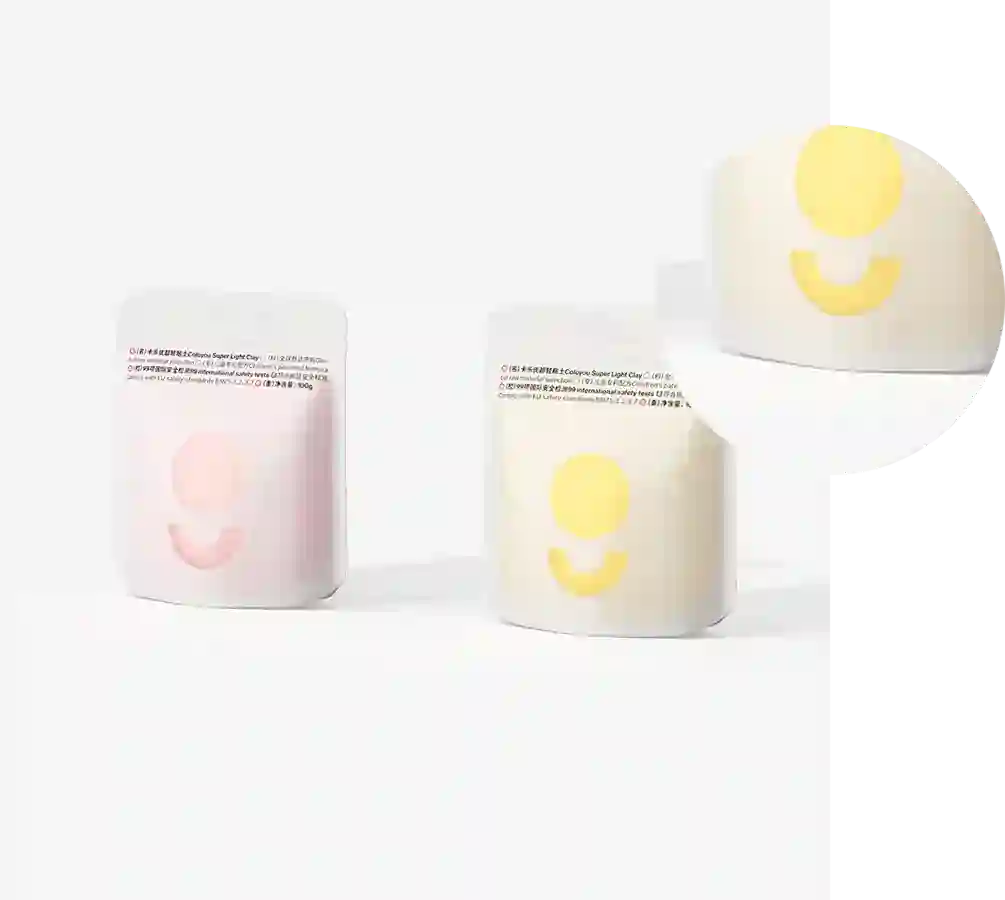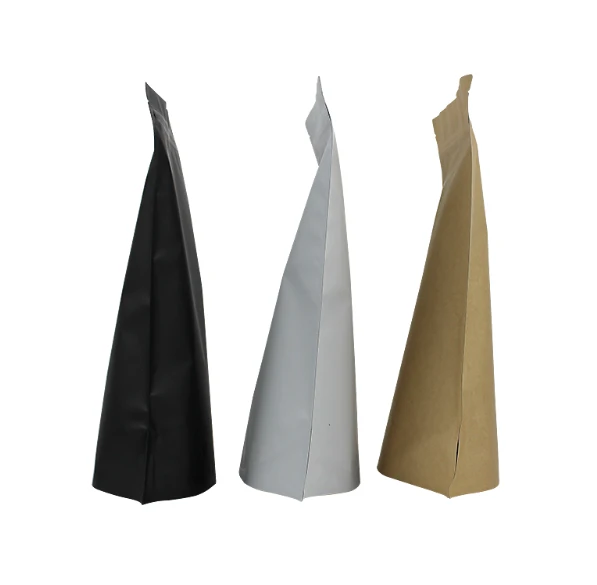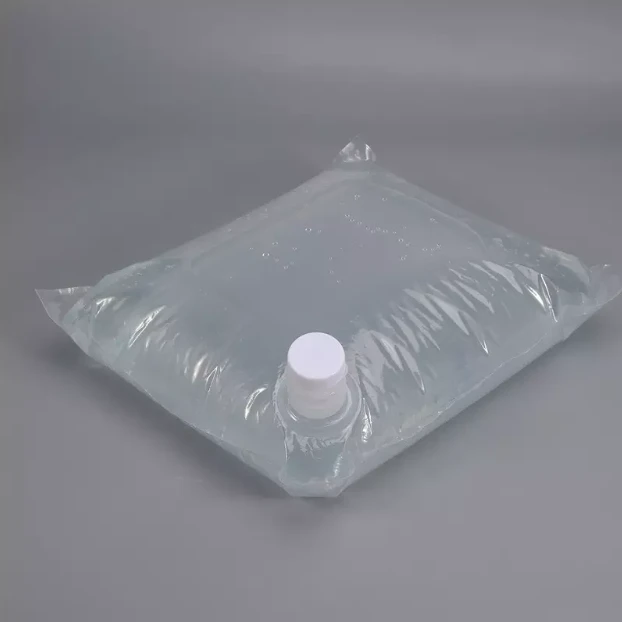- Afrikaans
- Albanian
- Amharic
- Arabic
- Armenian
- Azerbaijani
- Basque
- Belarusian
- Bengali
- Bosnian
- Bulgarian
- Catalan
- Cebuano
- chinese_simplified
- chinese_traditional
- Corsican
- Croatian
- Czech
- Danish
- Dutch
- English
- Esperanto
- Estonian
- Finnish
- French
- Frisian
- Galician
- Georgian
- German
- Greek
- Gujarati
- haitian_creole
- hausa
- hawaiian
- Hebrew
- Hindi
- Miao
- Hungarian
- Icelandic
- igbo
- Indonesian
- irish
- Italian
- Japanese
- Javanese
- Kannada
- kazakh
- Khmer
- Rwandese
- Korean
- Kurdish
- Kyrgyz
- Lao
- Latin
- Latvian
- Lithuanian
- Luxembourgish
- Macedonian
- Malgashi
- Malay
- Malayalam
- Maltese
- Maori
- Marathi
- Mongolian
- Myanmar
- Nepali
- Norwegian
- Norwegian
- Occitan
- Pashto
- Persian
- Polish
- Portuguese
- Punjabi
- Romanian
- Russian
- Samoan
- scottish-gaelic
- Serbian
- Sesotho
- Shona
- Sindhi
- Sinhala
- Slovak
- Slovenian
- Somali
- Spanish
- Sundanese
- Swahili
- Swedish
- Tagalog
- Tajik
- Tamil
- Tatar
- Telugu
- Thai
- Turkish
- Turkmen
- Ukrainian
- Urdu
- Uighur
- Uzbek
- Vietnamese
- Welsh
- Bantu
- Yiddish
- Yoruba
- Zulu
Comparing Flexographic and Offset Printing Techniques for Optimal Results
Flexography vs. Offset Printing An In-Depth Comparison
When it comes to printing techniques, flexography and offset printing are two prominent methods widely used in the industry. Each has its own unique advantages, applications, and limitations, making them suitable for different types of printing jobs. This article will delve into the characteristics, applications, and benefits of both flexography and offset printing to help you understand which method may be more appropriate for your specific needs.
Understanding Flexography
Flexography, often abbreviated as flexo, is a relief printing process that utilizes flexible photopolymer plates. These plates are wrapped around rotating cylinders and are inked in a continuous process. The inked plate then presses against the substrate (which can be paper, plastic, metal, or film) to create the desired image or text.
Flexography is renowned for its versatility and speed. It can print on a wide array of materials and is particularly effective for long runs of packaging materials, labels, and other consumer goods. The inks used in flexography are typically quick-drying, which accelerates production speeds and makes it ideal for high-volume printing jobs. Furthermore, due to its ability to use water-based and UV inks, flexo is considered an environmentally friendly option in the printing industry.
Flexography shines in its ability to produce large volumes of consistent quality prints, making it a common choice for industries such as food packaging, where sustainability and speed are paramount. However, it may fall short in producing high-resolution images compared to offset printing, especially for very fine details and color graduations.
Understanding Offset Printing
In contrast, offset printing is a lithographic process that involves transferring ink from a plate to a rubber blanket and then onto the printing surface. The offset printing process typically uses oil-based inks, and it is known for producing high-quality prints with excellent color reproduction and sharp detail.
Offset printing is highly effective for producing a variety of products, including brochures, magazines, and stationery. It is particularly well-suited for medium to large print runs, as the setup costs can be offset by the economies of scale achieved in bulk production. One of the most significant benefits of offset printing is its ability to create consistent output over long runs, maintaining image quality across thousands of copies.
flexography vs offset printing

However, offset printing has its drawbacks. The setup process can be time-consuming and expensive, which makes it less efficient for short runs. Additionally, the drying time for oil-based inks can slow down production, making it less viable for jobs that require quick turnaround times.
Comparative Analysis
When comparing flexography and offset printing, several factors come into play
1. Cost-Effectiveness For short runs, offset printing can be cost-prohibitive due to its high setup fees. Flexography, on the other hand, becomes more economical with larger print runs.
2. Quality Offset printing generally offers superior image quality compared to flexography, particularly for intricate designs and color fidelity. Flexography, while versatile, may struggle with producing detailed images.
3. Materials Flexography can print on a wider range of substrates, which makes it more suitable for packaging and labels. Offset printing is primarily used for paper products.
4. Environmental Impact Flexography ink options lead to lower emissions and waste, emphasizing its sustainability aspect compared to traditional offset inks.
Conclusion
In conclusion, the choice between flexography and offset printing largely depends on the specific requirements of your project. If you require high-quality prints with fine detail and color accuracy for medium to large runs, offset printing may be the better option. However, if you need a versatile, quick, and cost-effective solution for packaging or labels in large quantities, flexography would be the way to go. Understanding the strengths and limitations of each method allows businesses to make informed decisions that align with their printing needs.













